Thinking about a playground for your business? Create a sensory play wonderland suitable for children with autism or sensory processing disorders, and you could make a world of difference to families who need it most.
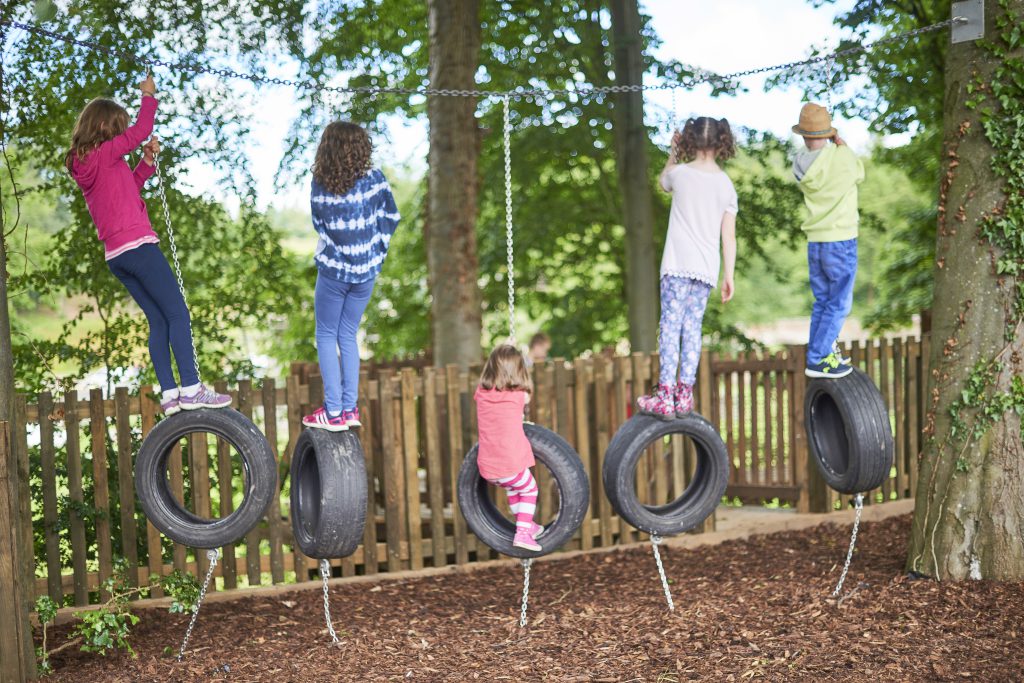
In the past, our clients have benefitted from an astounding increase in visitor numbers when they open a new woodland playground, with people coming from miles away to visit and enjoy for themselves. For example, Dalkeith Country Park went from 15,000 annual visitors to 131,519 after they invested in Fort Douglas, a fun-filled adventure playground designed and built by Blue Forest. The numbers speak for themselves; families love playgrounds.
If you are currently thinking about investing in a woodland playground or activity trail, then ask yourself this: is it suitable for children who are on the autistic spectrum? If designed poorly, a playground could even be a dangerous place for a child with developmental disabilities. What should be a fun and exciting visit to your park or estate could well be a stressful and downright scary time for parents bringing their child.
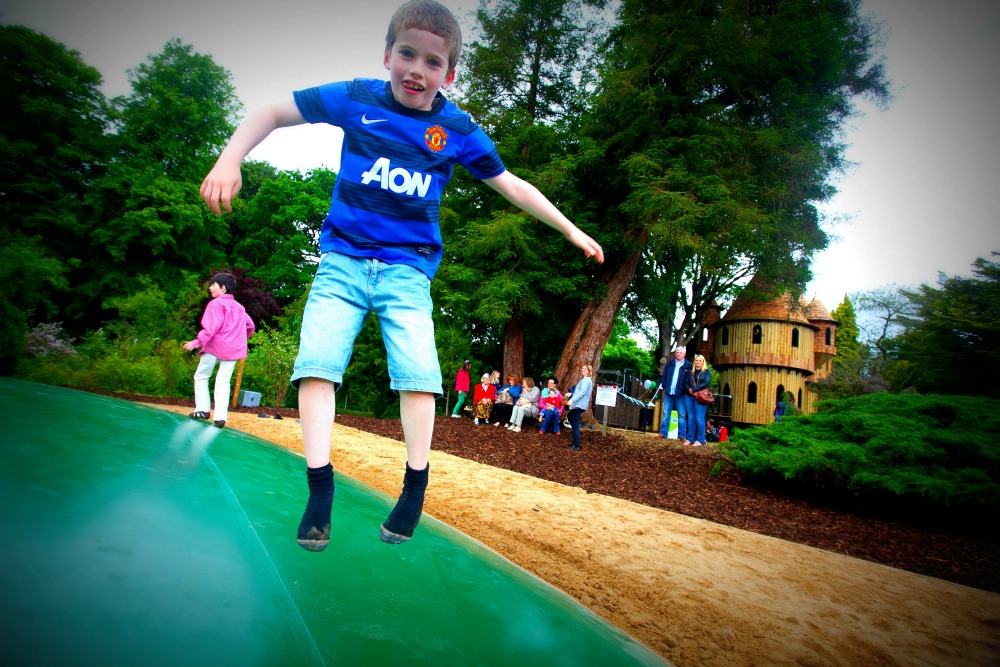
Autistic Spectrum Disorder (ASD) is a developmental disability which affects people’s ability to interact with others socially, communicate, process sensory information and use their imaginations. It is said that as many as 1 in 68 children, globally, have autism.
While every child on the spectrum is different, they will all be facing a range of challenges. For some, they may not be able to talk or understand their parent’s instructions. For others, they might have a strong resistance to change – which can make everyday events like holidays, birthday parties, or starting school a struggle that affects everyone in the family.
Some have a minimal diet and will only eat particular foods. Others will have habits and repetitive behaviours which they need to carry out. Some will have severe anxiety about going to new or busy places where there are lots of people. Struggling with sensory overload is a common problem, and many an autistic child has had a meltdown in public places like supermarkets or cinemas. One thing is clear – mainstream society is poorly adapted to meet their needs.
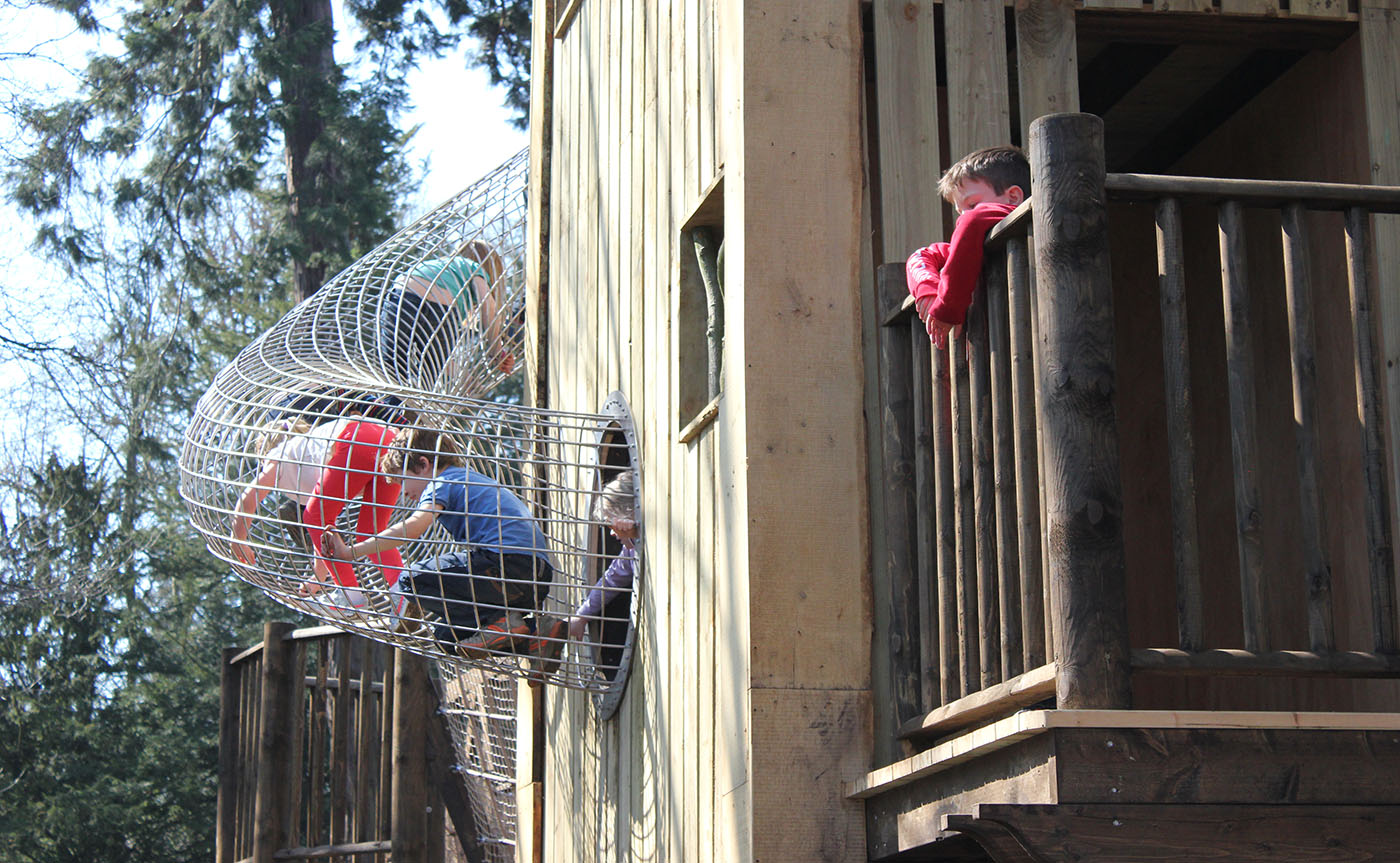
Autistic children love to play and run about in the sunshine, just like any other child. Playing can help an autistic child to practice their social skills, develop their balance and learn how to move different parts of their body. Exercise can also help them to feel better and happier, which is excellent as autistic children often struggle with anxiety. Irresistible stretches of rope bridges, exciting slides and interesting structures to climb result in a fabulous destination for families with kids of all ages.
When a parent of an autistic child comes across a safe, sensory play playground that caters to their needs, then they know they are on to a winner and will become regular visitors. Here are some great tips for making your enchanting playground a fun-filled sensory play destination for families who could do with a bit of a break.
Let’s start at the beginning
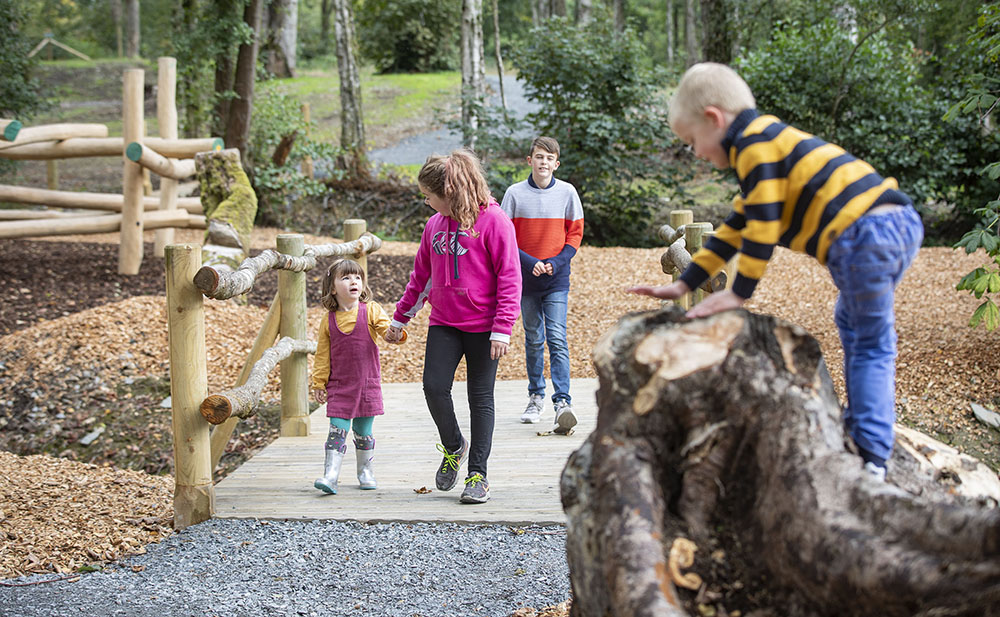
Think about how a child might process what they see when they first arrive at your playground. Even if a child feels excited to get to a playground, they can become anxious and want to leave if there is too much to take in at the entrance. Create a calming environment by avoiding harsh colour palettes, intense changes of light, loud sounds or smells at the beginning.
Try not to create spaces where crowds of people can gather at the entrance, like a food kiosk or seating area. Use minimal detail and pattern at the beginning by choosing larger, chunkier play structures, paving slabs or signage. Materials which have cleaner, more straightforward lines will all help to avoid sensory overload. Once the child is inside the playground and having fun, you can introduce more detail gradually.
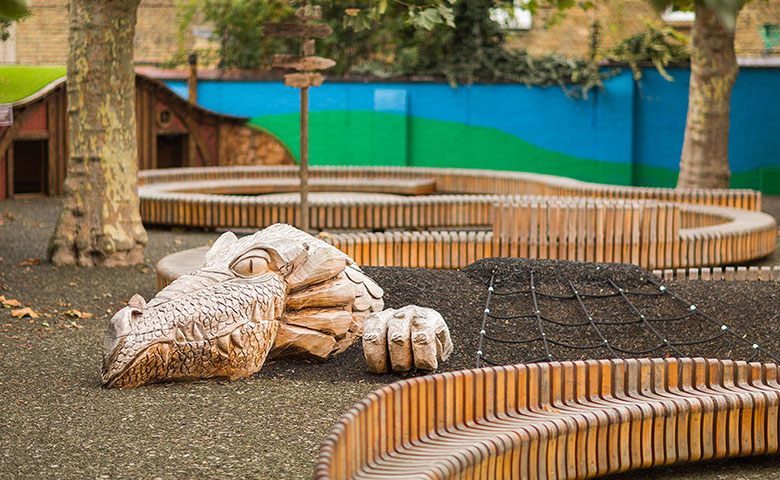
Include lots of quiet hiding spots
Due to their sensory processing difficulties, an autistic child’s mind can become overloaded very quickly. If they are non-verbal, they are not always able to explain if something is wrong or why. It’s difficult to predict when or why a child might become overwhelmed in a public place, even if they know the area well and have visited many times. Nooks and crannies, where an autistic child can hide in for a bit of peace and quiet, are essential. Anything that makes them feel cocooned is also ideal, such as pods, spinning seats or suspended hammocks. Often, after they have settled, they can get back outside and carry on playing.
Consider including helpful signs around the playground, pointing to the quieter areas to help direct parents. It doesn’t matter how many times your child has a meltdown in public; it can still make you panic or feel embarrassed as other people simply don’t understand. Making it clear and easy for them to find quiet places where they can quickly take their screaming child can make all the difference to what is already likely to be a tense day out.
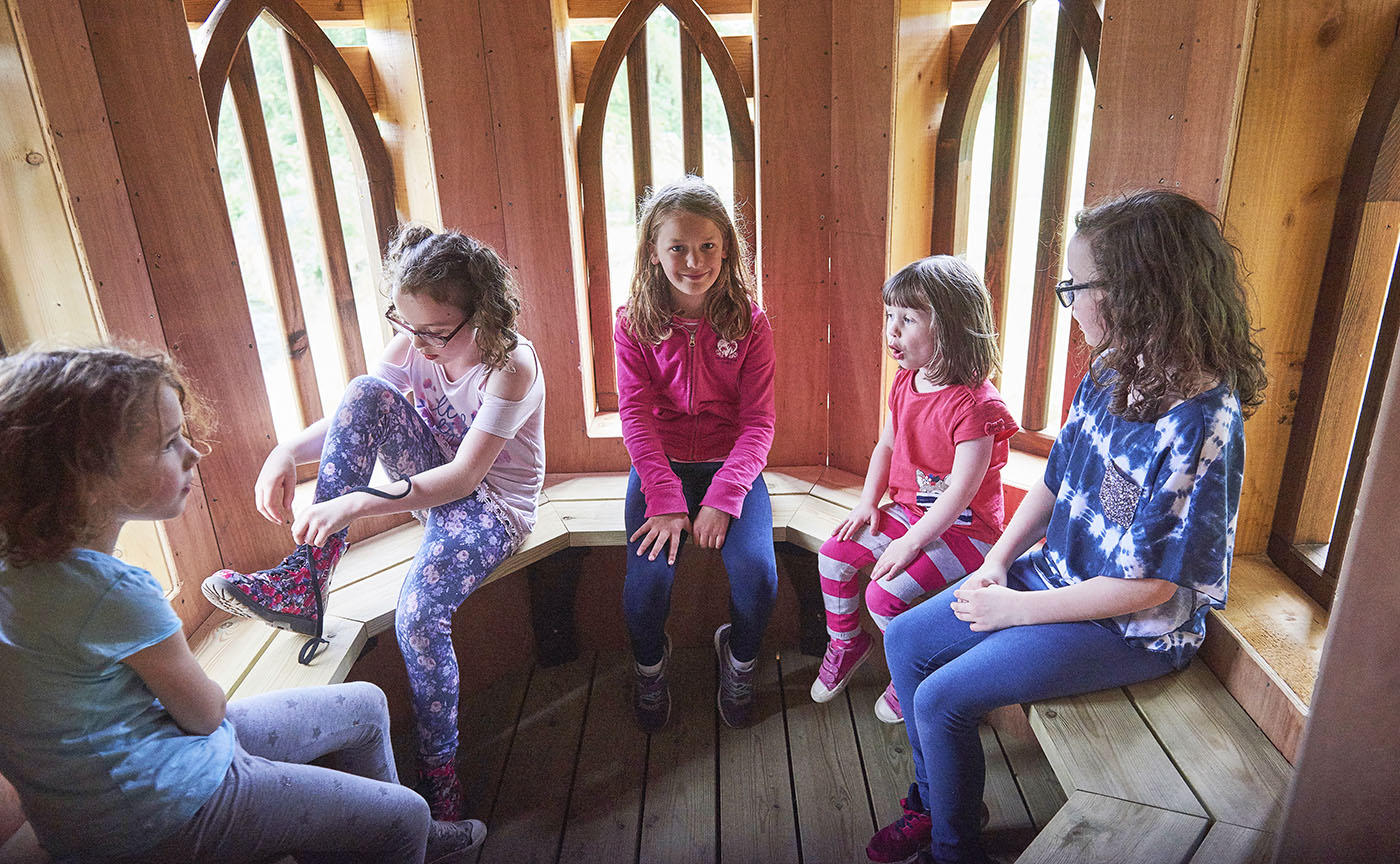
A safe family playground
While it is essential to have fun and enjoy a thrill, some children on the spectrum have difficulty sensing danger or calculating risk. They also may have co-ordination problems. So parents can enjoy peace of mind while their children play, think about ways that you can make your playground safer. Level out any steep slopes or paths, make sure climbing boulders have rounded edges instead of jagged sides, and make sure there are no holes in the ground or gaps in tunnels for feet to get trapped in.
One common tendency that autistic children have is to attempt to run or ‘elope’ from the environment they are in, which could mean running for an exit, or out into a road. This is one of the biggest concerns for many parents, so they are likely to avoid visiting a playground if there is no fence or boundary.
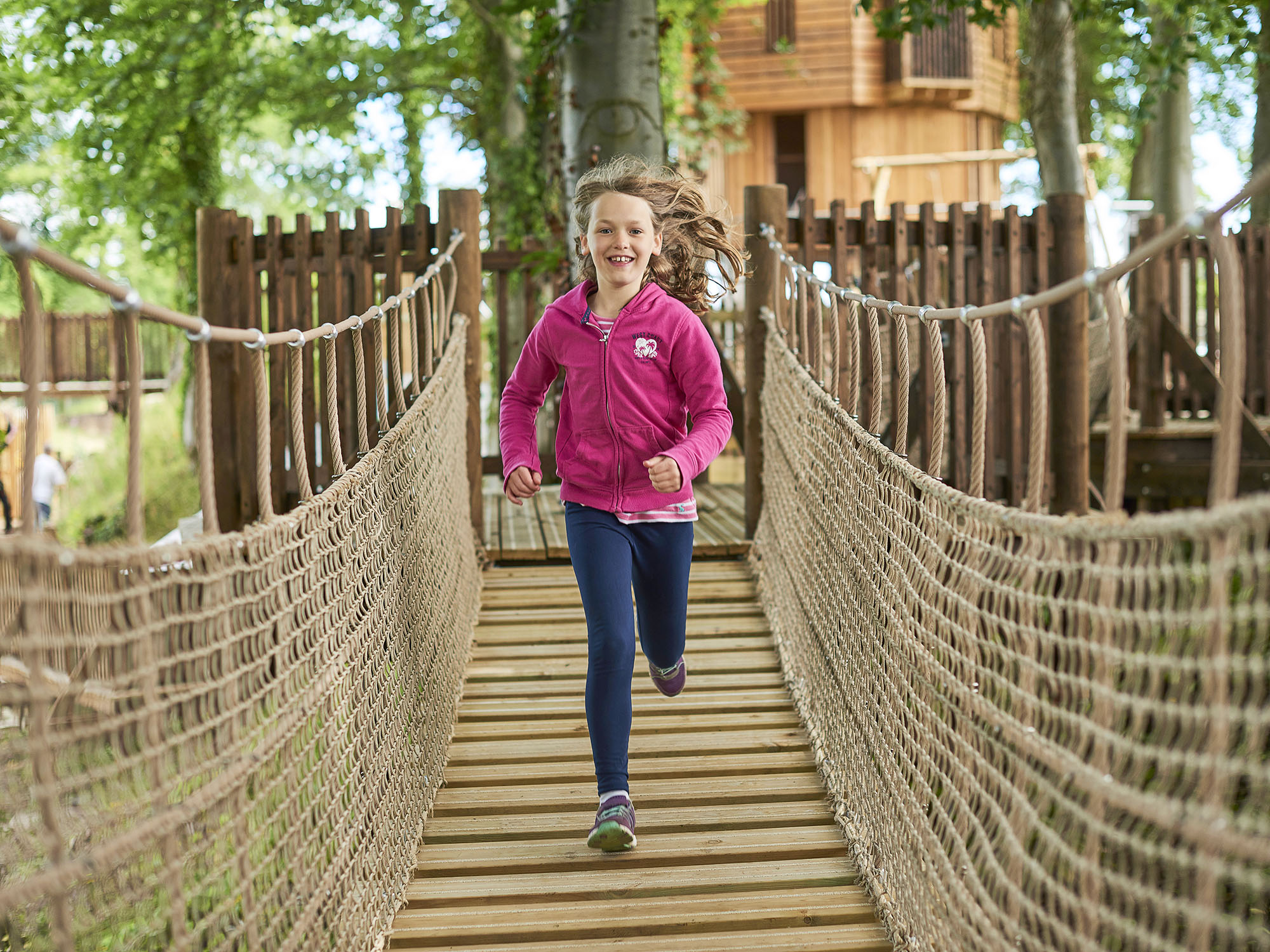
Enlighten all the senses
Many autistic children feel calmer and happier after a sensory experience. Some larger theme parks have sensory rooms, which are quiet spaces filled with glowing lights and textured surfaces. These rooms are explicitly designed to help individuals with autism to feel calmer and focused. Legoland, for example, has a fantastic sensory room where parents can take their children if they are feeling overwhelmed. Consider using materials which engage all the senses in your playground, perhaps with scented plants or play features which make a noise. Swings and swinging nests will always go down a treat, as they are very soothing and repetitive and make the child feel safe and supported.
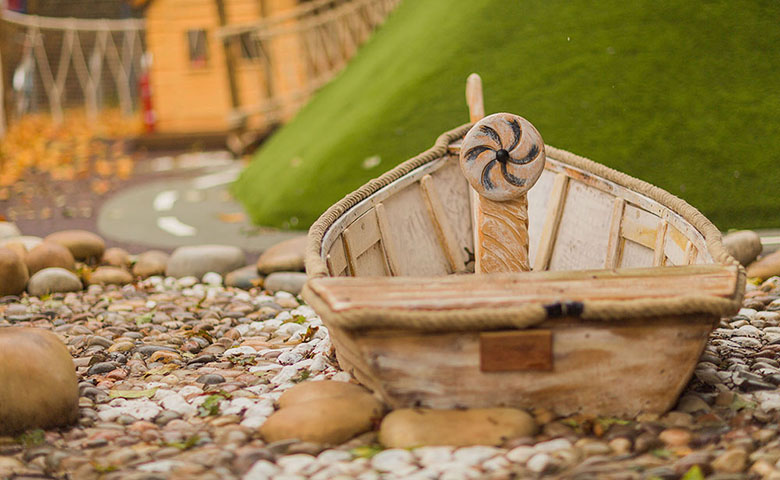
Provide a clear pathway
A sensory play area should support varying levels of activity and stimulation, as a one size fits all approach doesn’t cater to children with autism. All children should be able to enjoy the space at their own pace, in their own time. A footpath or walkway can be a simple thing, but many playgrounds have an open-plan layout instead.
Trails and paths can help autistic children to feel settled, providing them with a specific direction to move in. It can be grounding for them and help them to remember what is to come next. If they return to the playground many times, they may become very reliant on the path as part of their routine. If you plan to make changes or alterations to your playground, it may be worth providing notice in advance so parents can prepare, and this will help reduce anxiety levels for everyone.
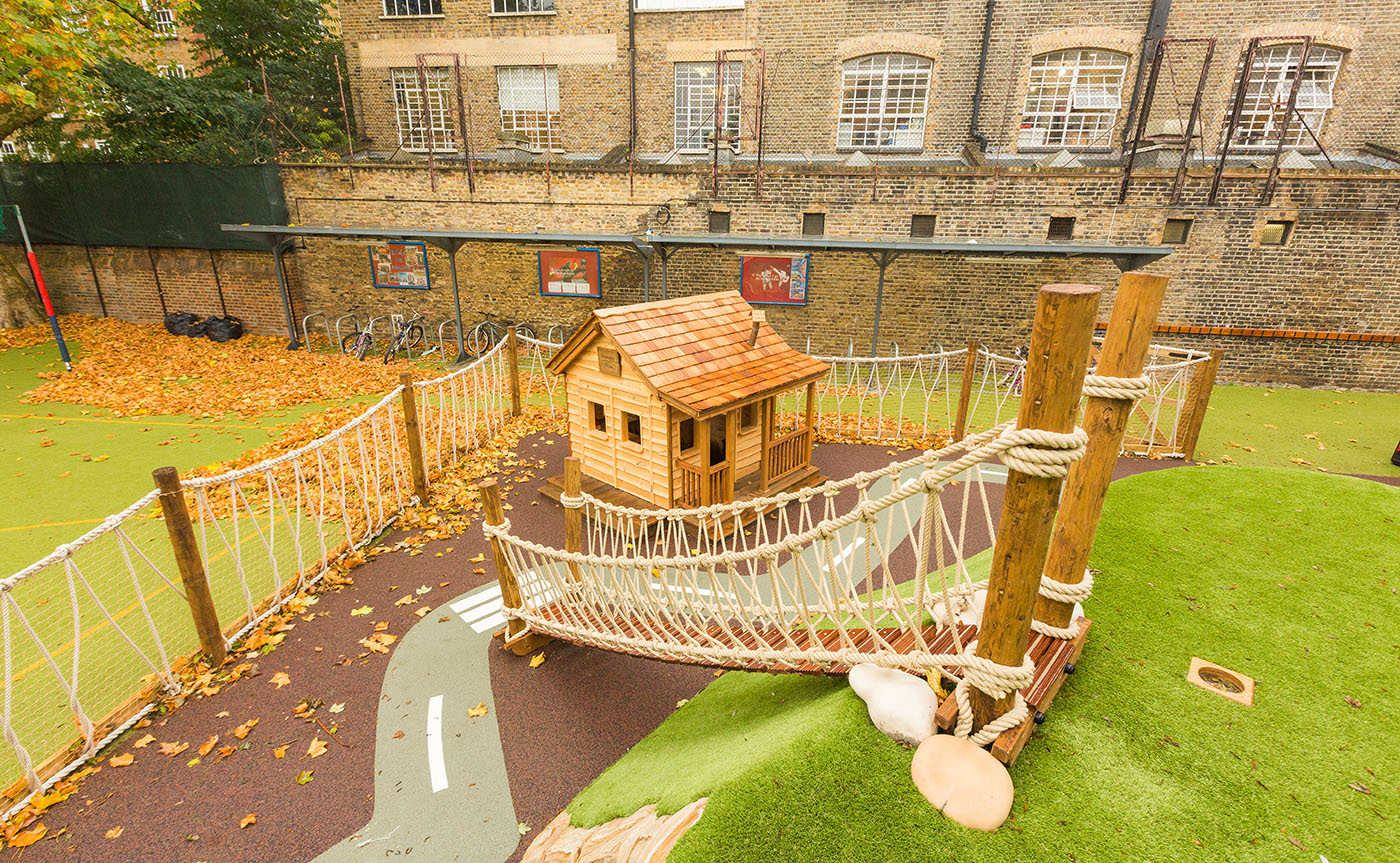
Tell parents they are supported and understood
Sometimes, merely letting families know that their needs will be met as much as possible can go a long way. Let them know that your staff are well trained by introducing ‘autism-friendly’ badges. Offer refundable tickets so they can get their money back if their child refuses to go into the playground. Let them have fast-track passes, so they don’t have to worry about making their child queue in busy crowds.
Make it clear on your website if you have a sensory play room, and where it can be found. Introduce ‘quiet days’ in your gift shops and cafes, where unnecessary lights are switched off, and noises are kept to a minimum. Communication makes a real difference and can turn a visit to your playground far less stressful for parents of children with the condition.
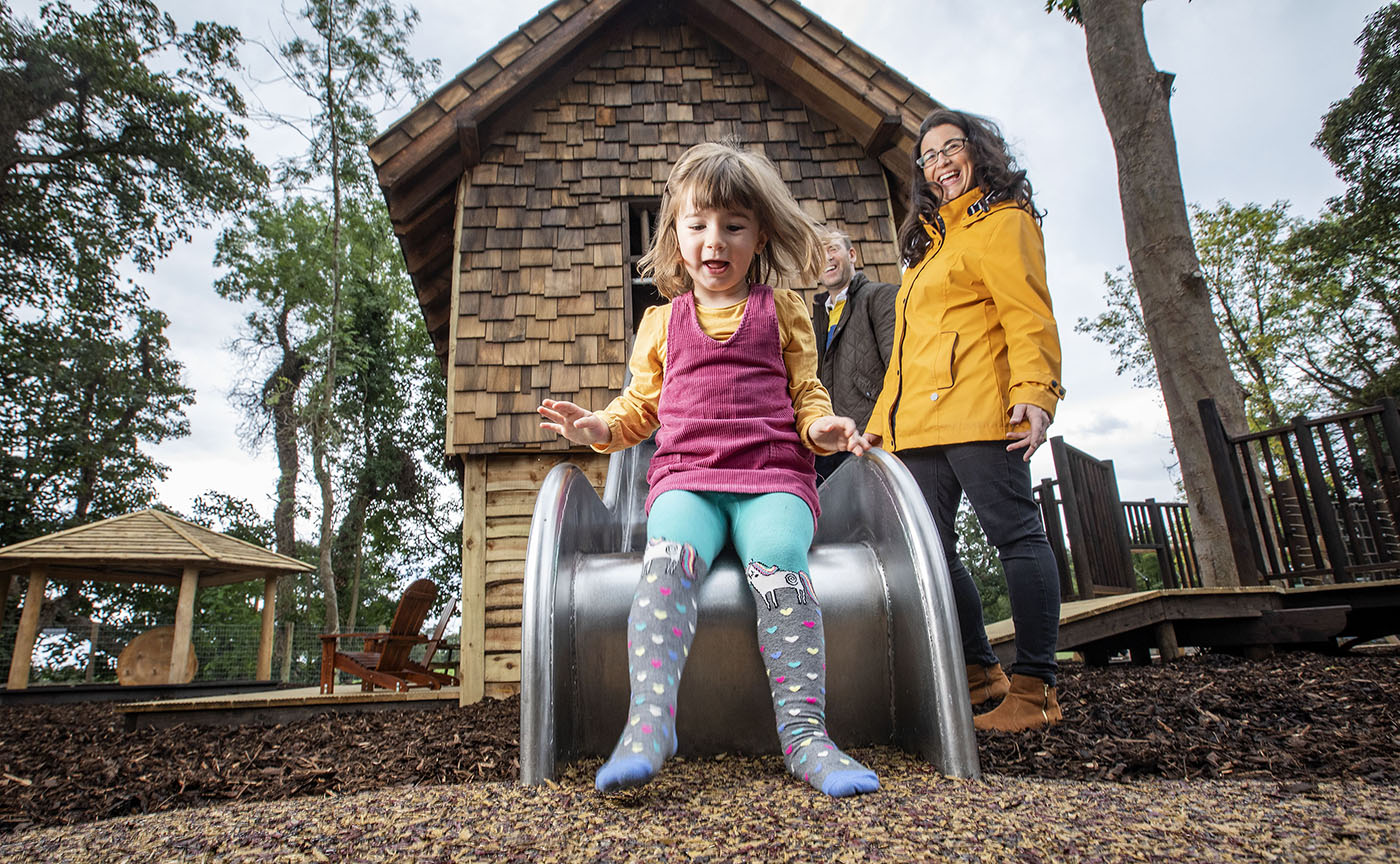
For families with children on the autistic spectrum, who see and feel the world around them in a completely different way, a visit to a sensory play playground can bring immense benefits. It can be a place where they have fun and create cherished memories together. Introducing some simple autism-friendly elements can help children to enjoy their visit and will help parents to feel supported and relaxed. Source: The National Autistic Society
Get in touch with us today to talk to us about sensory play playground designs for your business. The process starts with a simple phone call, before arranging a site survey. You can find out more about our design and build process here.